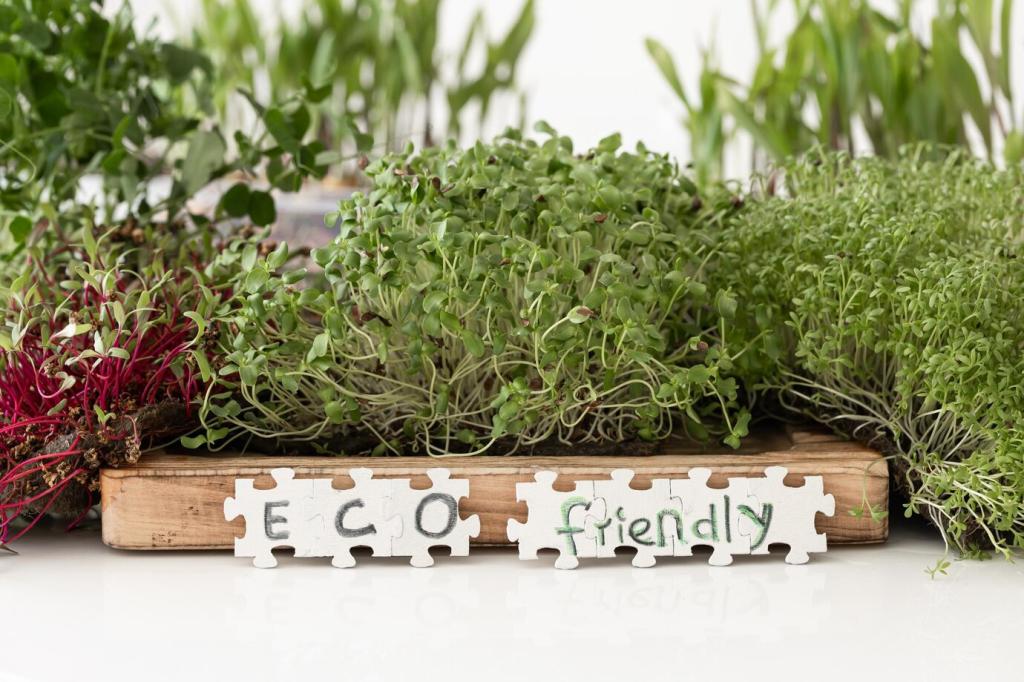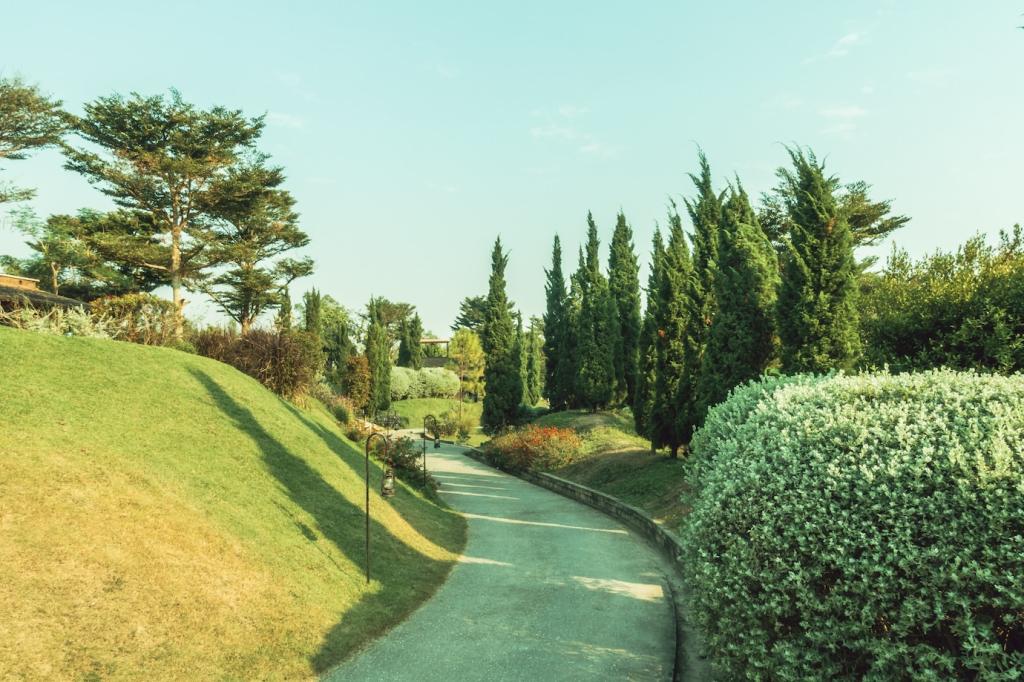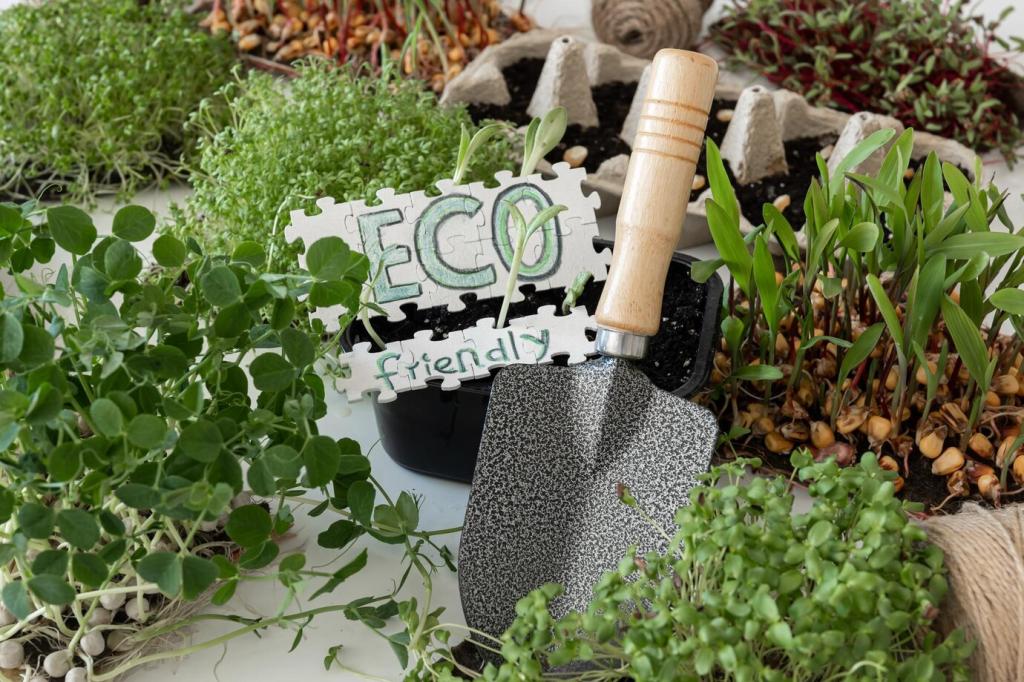Plant Selection by Climate and Roof Type
Sedum mixes, delosperma, and thyme endure shallow media and hot, windy rooftops. Their waxy leaves and matting growth resist desiccation while offering seasonal color. Start with a diverse sedum blend for year-round coverage. Share your USDA or Köppen zone, and we’ll suggest a starter palette that survives summer heatwaves.
Plant Selection by Climate and Roof Type
On deeper roofs, try native grasses, prairie perennials, or coastal species adapted to sun and wind. Echinacea, allium, and little bluestem attract bees and butterflies while stabilizing media. A reader in Denver reported goldfinches returning after adding native asters—small choices, big biodiversity wins. Subscribe for regional plant lists.
Plant Selection by Climate and Roof Type
Parapet shadows, HVAC exhaust, and edge winds create microclimates. Group sun-lovers on open sections and tuck shade-tolerant species behind higher walls. Keep salt-tolerant plants near coastal exposures. Comment with a quick roof sketch, and we’ll help position plant communities for fewer replacements and steadier growth.







